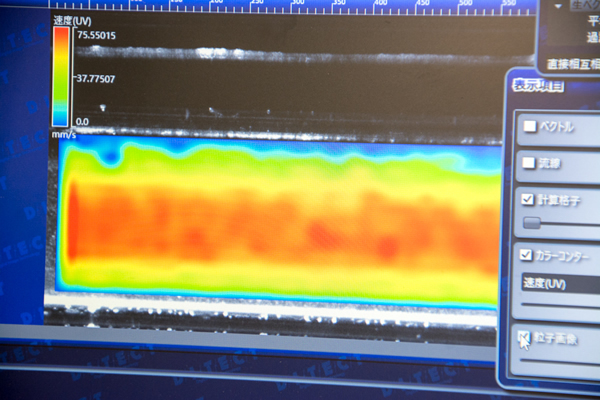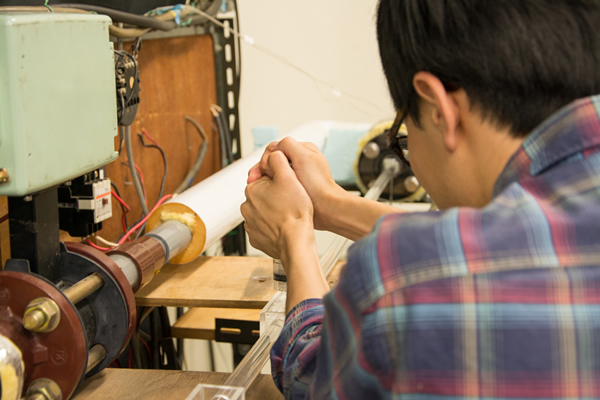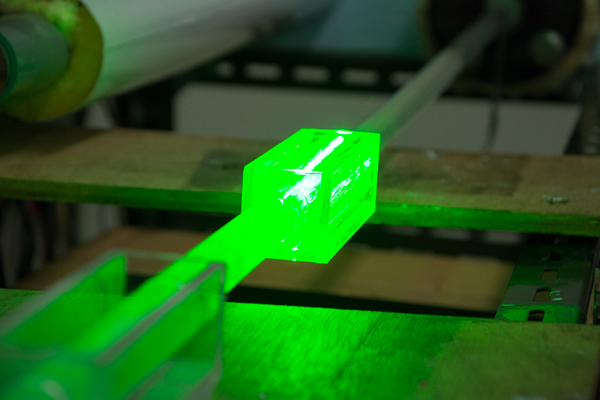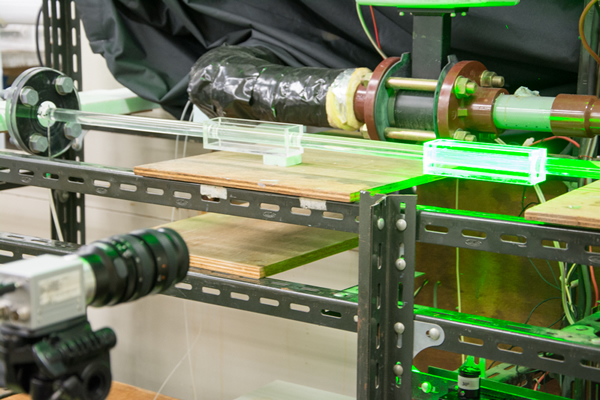Heat Transfer Engineering
In this laboratory, we study to utilize the low temperature wasted heat from the industry and high efficient heat transfer devices. For example, hot/cold heat storage technique by solid/liquid phase change phenomenon, efficient usage of the phenomena relating to low temperature, the organic sorbent for air-conditioning and refrigeration equipment and energy-saving equipment are the current interest.
Websitehttps://www.cc.okayama-u.ac.jp/heat_transfer/heattransferlab/
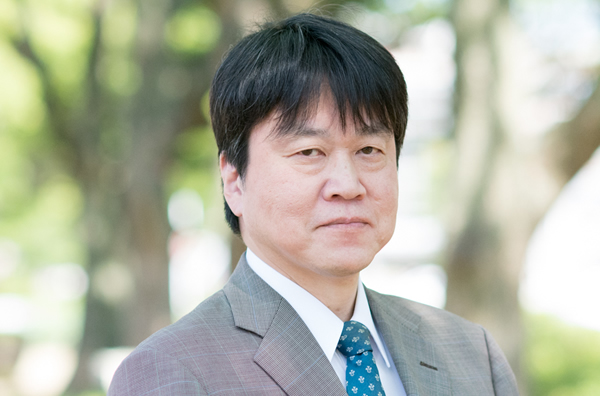
Akihiko HORIBE
Professor
"New heat storage system with a latent heat storage material "
The purpose of this study is to develop heat storage system with a latent heat storage material. In this study, direct contact melting and solidification behavior between heat transfer fluid (oil) and erythritol (PCM) were visualized in order to investigate the heat storage and release characteristics.
Air conditioning system with new organic sorbent
There have been attentions in the new air conditioning system which is less harmful for environment, for example, the system which can use waste heat. In this laboratory, desiccant air conditioning with new organic sorbent, which is driven by thermal energy, has been investigated. In addition, an efficient system using organic sorbent particles in a fluidized bed has been studied.
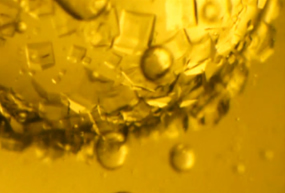
Fig.1 Solidification of PCM around oil droplet
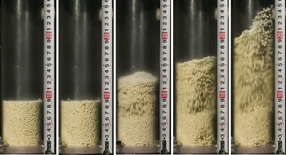
Fig.2 Organic sorbent particle in a fluidized bed
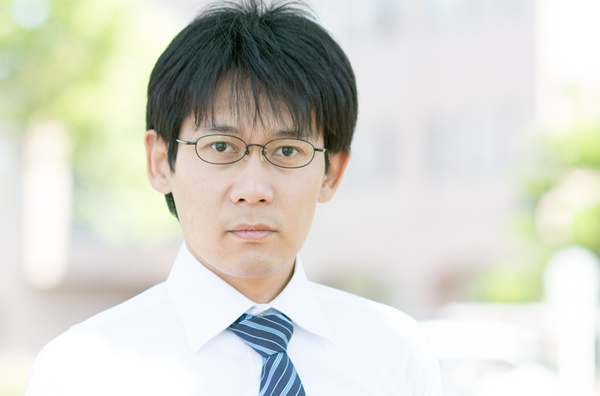
Yutaka YAMADA
Senior Assistant Professor
Heat transfer during liquid-vapor phase change
Liquid-vapor phase change phenomenon is not only seen in daily life, but also it is very important for engineering. Heat transfer performance during this phenomenon depends on factors of physical and chemical properties of surface. We aim to enhance this performance by changing those surface properties.
Dynamic wettability
Dynamic wettability shows the degree of droplet slippage on the solid surface. In this study, we aim to reveal the physical mechanisms of this phenomenon and try to control on the spot.
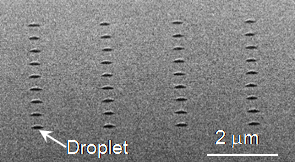
Fig.1 Droplet condensation on hydrophobic/hydrophilic hybrid surface
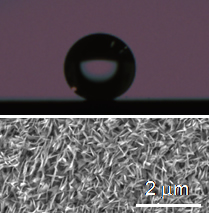
Fig.2 (upper)Droplet on superhydrophobic surface (bottom)Surface nanostructure
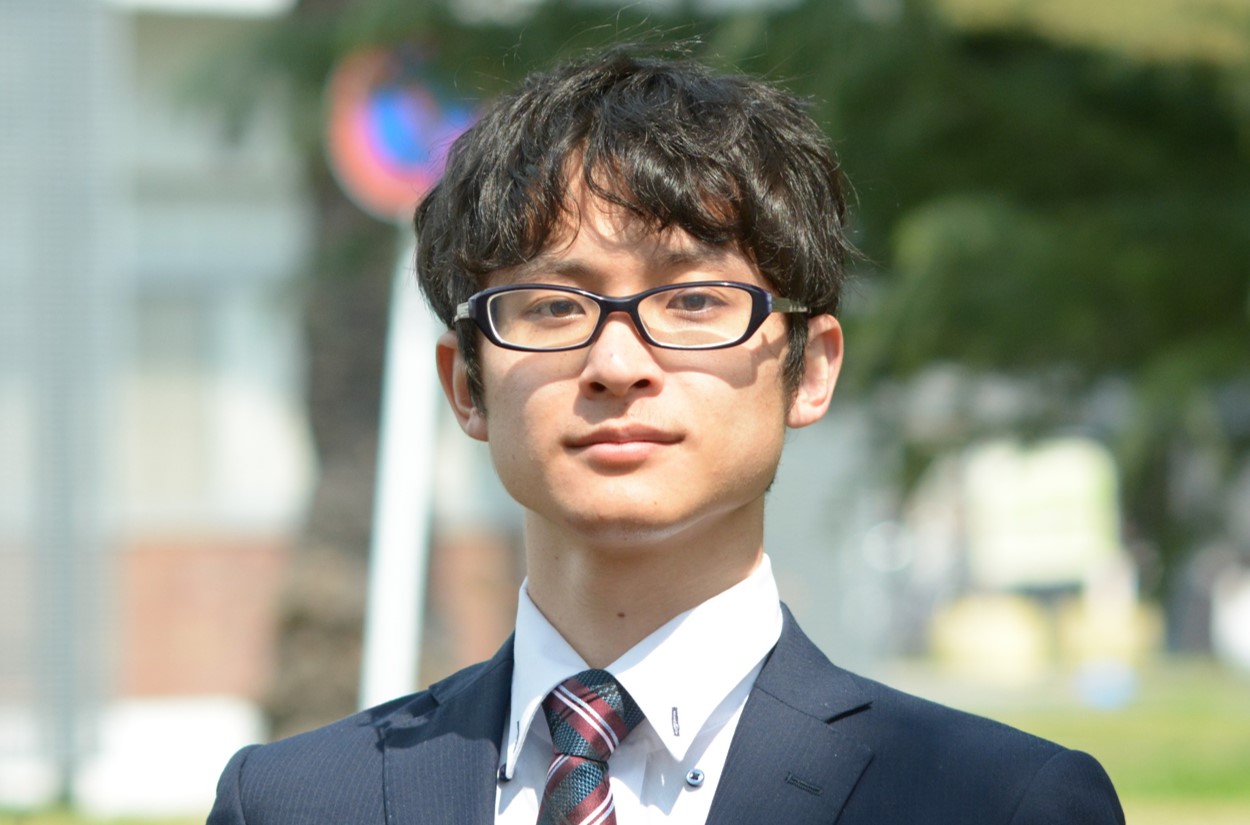
Kazuma ISOBE
Assistant Professor
Analysis of thermal radiation around nano-scale structure
Generally, thermal radiation or electromagnetic wave propagates following classical principles, such as reflection and transmission. However, these principles are not applicable precisely around the structure smaller than the wavelength of thermal radiation. In my study, the unique behavior of thermal radiation is clarified using numerical simulations.
Evaluation of radiation property through fabrication of nano-scale structure
It is also important mission to utilize the knowledge obtained from numerical simulations to make real products. Through fabrication trials of nano-scale structures, evaluations of optical property such as reflection and transmission in macroscopic scale is conducted.
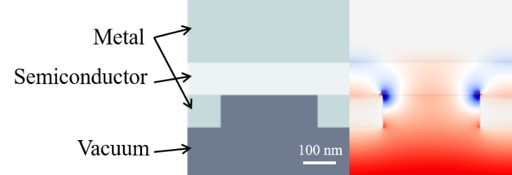
Fig.1 Electric field around nano-scale structure
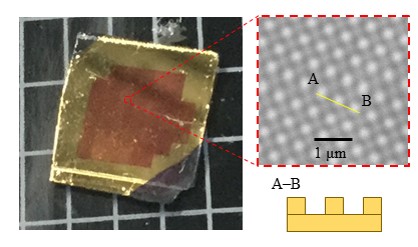
Fig.2 Redshift of surface using nano-scale structure

